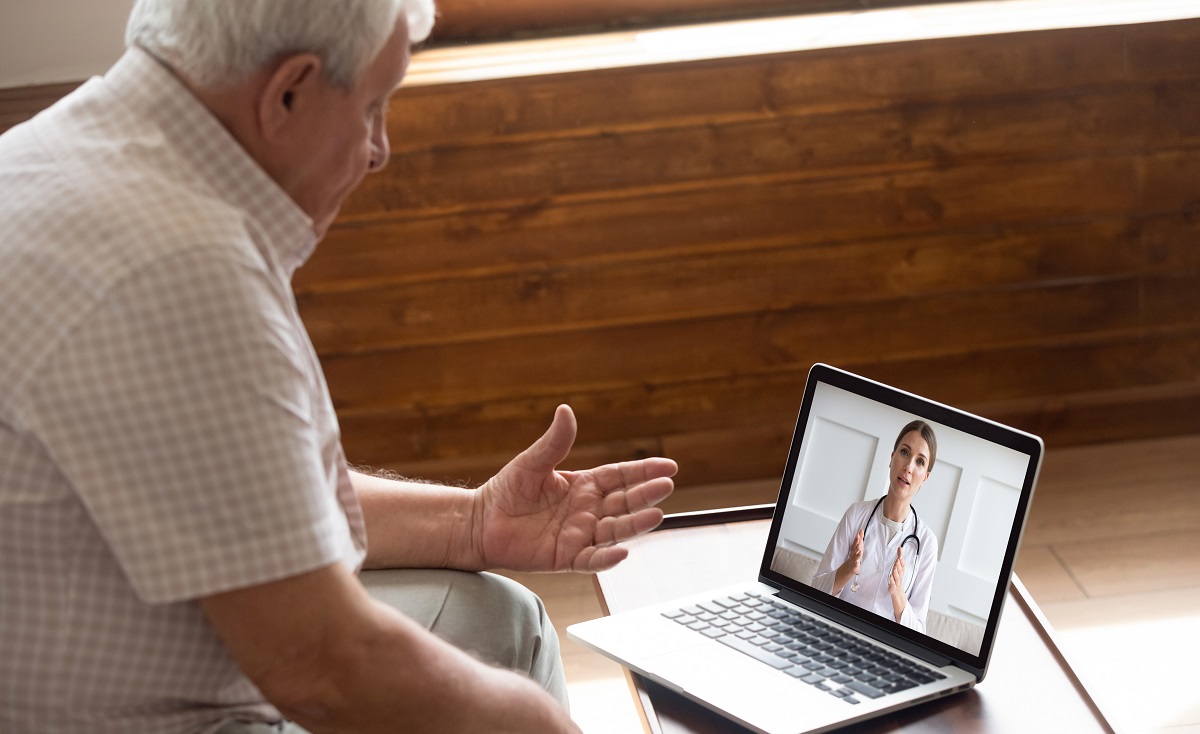With health and safety in mind, many healthcare professionals are opting for virtual visits via telemedicine to keep patients and healthcare workers safe during the COVID-19 pandemic.
This technology allows physicians and patients to meet to discuss test results and diagnose conditions, but that technology has a ways to go before it can be an effective replacement for in-person visits, writes David Blumenthal, president of the Commonwealth Fund and the former National Coordinator for Health IT under President Obama.
Blumenthal, writing an article in the Harvard Business Review, praised the healthcare industry’s adoption of virtual technologies like electronic health records and virtual care, but said telemedicine falls short of replacing invaluable in-person visits.
Read Next: Telemedicine Tech Should Have Staying Power Even After Coronavirus Pandemic
I also know that well-trained clinicians use all their senses — not just hearing and vision. They appraise the whole patient: Is there a new limp, a shift in posture, a new pallor?
Often, it’s what patients don’t notice or complain about that is essential. And there is no diagnostic test more cost-effective than the laying on of hands. I have found treatable cancers multiple times in routine exams that would be impossible to replicate in the virtual world.
Could a Zoom visit detect a lymph node too firm, a spleen or liver too large, or an unexpected prostate nodule (with a normal PSA)?
People with chronic, complex and intertwined health conditions will barely benefit from telemedicine, Blumenthal writes. People suffering from a combination of multiple conditions, like diabetes, heart disease, hypertension, arthritis, dementia and depression are difficult enough to treat in person, let alone on a screen.
Blumenthal concedes that telemedicine has been a useful tool for healthcare professions during the pandemic as the technology keeps the most vulnerable populations away from hospitals, crowds and people who are actually infected with the virus.
Blumenthal calls the last few months a “crash course” in telemedicine and says the exposure will better position the healthcare industry and technology providers to improve the technology, but it isn’t quite the be-all end-all.
But telecare will work best when it is adapted to humans and their needs rather than the reverse. It should be one more tool that builds upon, and promotes, the human relationships and caring clinical eyes, ears, and hands that have always sustained us when we are sick.










